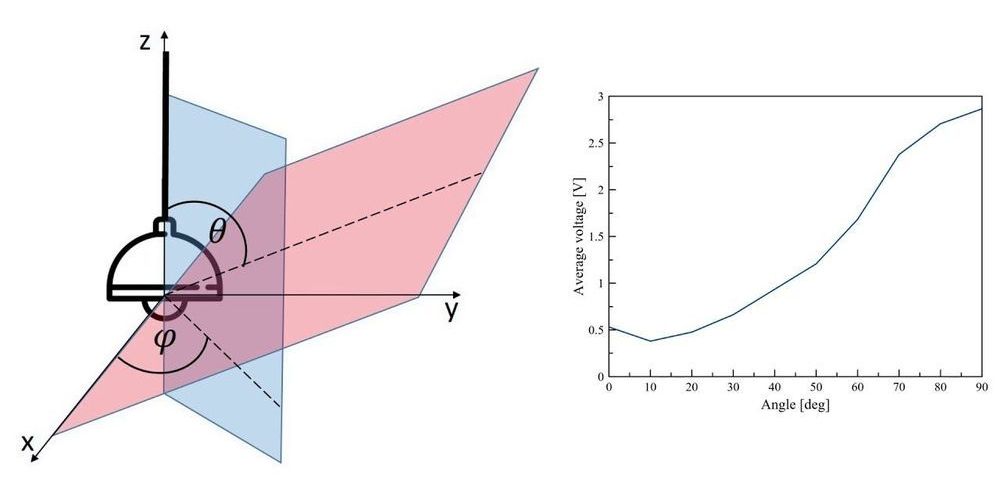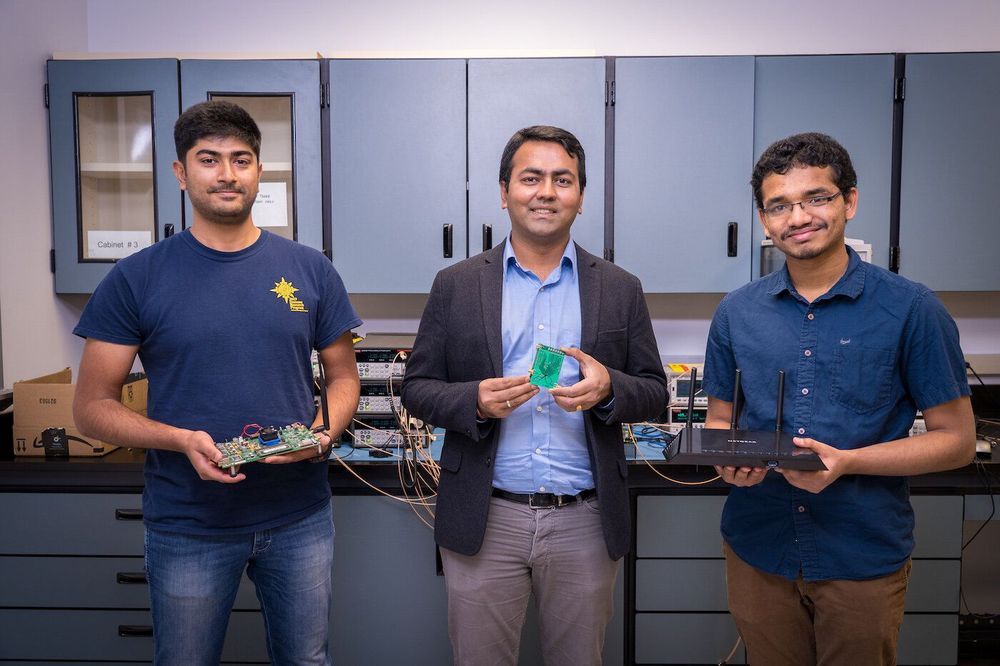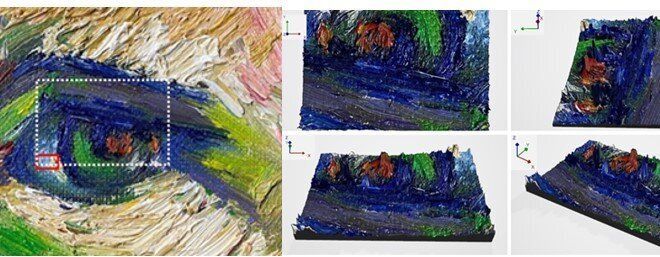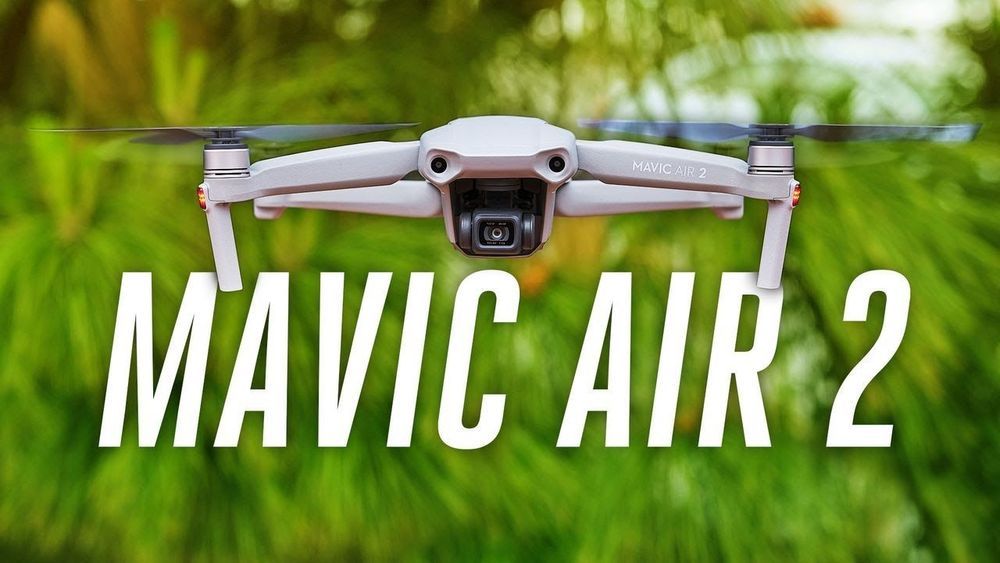Jun 17, 2020
Light bulb vibrations yield eavesdropping data
Posted by Saúl Morales Rodriguéz in categories: habitats, media & arts
In an era of digital eavesdropping where hackers employ a variety of means to take over built-in video cameras, peruse personal digital data and snoop on cellular conversations, researchers have finally seen the light.
Literally.
Continue reading “Light bulb vibrations yield eavesdropping data” »

















